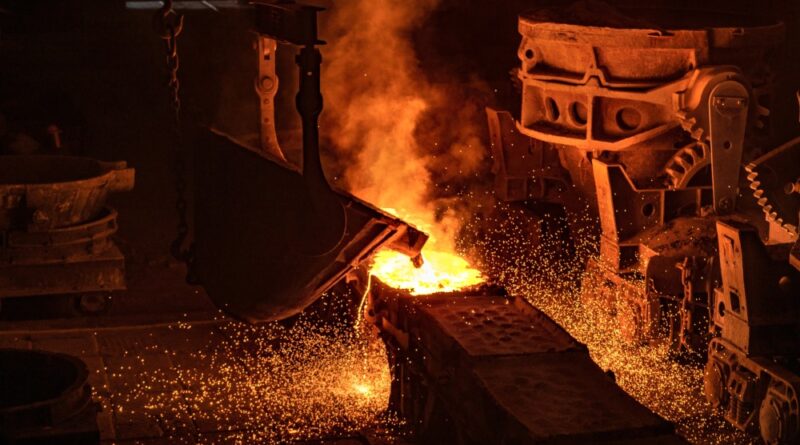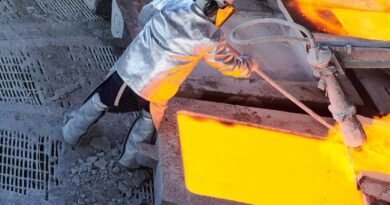Chromium market to rebound back above 2019 levels
The COVID-19 pandemic saw varying regional impacts across the chromium supply chain, but the recovery trend has been underpinned by recovering stainless steel output in China over the second half of the year to record monthly levels, says Roskill.
Global chromium demand is estimated to have declined nearly 6% y-o-y in 2020, but recovery trends place 2021 demand back above 2019 levels and returning to pre-COVID-19 trends by 2022. With recovering demand and rising costs, the prices for chromium products have turned to an uptick after more than a year of subdued and oversupplied markets.
Chrome ore and ferrochrome markets have closely followed developments in China, where increasing ferrochrome capacity (requiring imported feed) has outpaced other producing regions. South Africa hosts over 75% of the world’s chromite reserves and resources and accounts for approximately 60% of annual global chromium ore production.
Behind the growth in supply from South Africa has been by-product fine-grained chromite tailings from platinum group metal (PGM) UG2 ores. Since 2019, nearly all the UG2 ore mined for PGMs is being reprocessed to recover contained chromite and with a bullish PGM market expected to extend into 2021, additional UG2 ore is expected to come on to the market.
The rising volumes of UG2 chromite is reshaping the industry and its cost structure, as Chinese ferrochrome smelters and, in turn stainless steel mills, focus flow sheets on this lower grade (lower Cr:Fe ratio) product.
UG2 chromite sits firmly in the lowest quartile of global chromite supply and has supported the cost competitiveness of Chinese ferrochrome production. More specifically, South Africa’s ferrochrome smelters now operate at cost-parity with the most efficient plants in China. South African supply now faces the tipping point of furnace closures as electricity tariffs continue to increase. Considering this, the South African government is looking at implementing an export tax on ores, which would shift the cost of Chinese plants, reliant on South African ores, back out of favour.
Elsewhere, countries are closely following the developments in South Africa and China, as an export tax only acts to favour both chromite and ferrochrome supply outside of these two countries. Kazakhstan, India, Turkey, Finland and Zimbabwe together account for over 30% of global chromite supply, making up the rest of the key producers. These represent the main supply sources that could replace South African production in the event of an export tax.
Specialty-grade chromite for the niche chemical, foundry and refractory sectors are also poised to shift with the trends in metallurgical-grade chromite. As these sectors only account for around 4% of global demand, the availability and cost of supply is closely linked to the requirements of the steel sector. Moreover, low-cost UG2 chromite has also been shown to be suitable for consumption in these industries.
After several years of 5-10%py growth in demand, prior to 2020 driven by stainless steel production, the chromium market is forecast to quickly rebound back above 2019 levels and move into a period of more modest demand growth of 2-3%py from 2022. With a thorough analysis of supply, costs, demand, trade, and prices, complete with historical trends and detailed ten-year forecasts, Roskill offers you your comprehensive chromium report.




